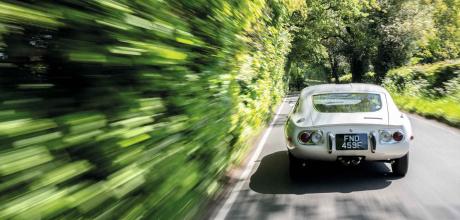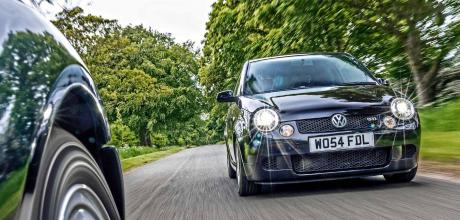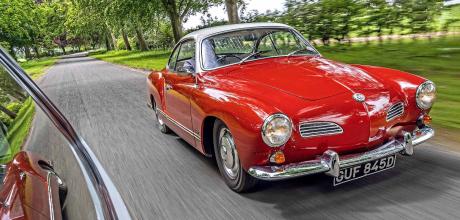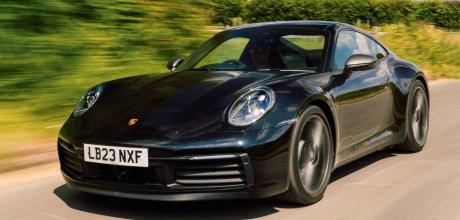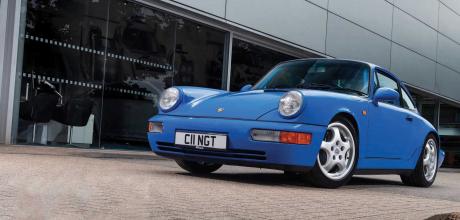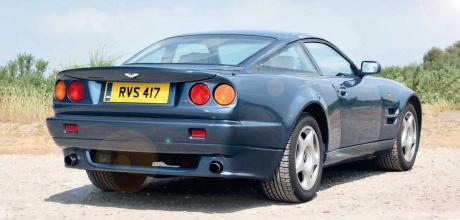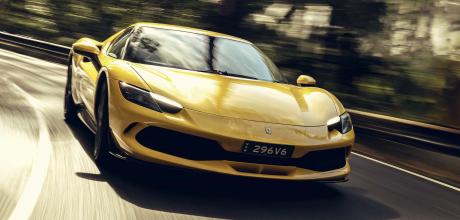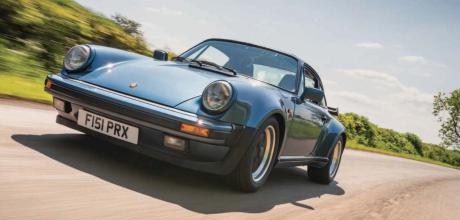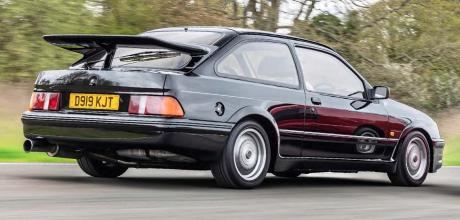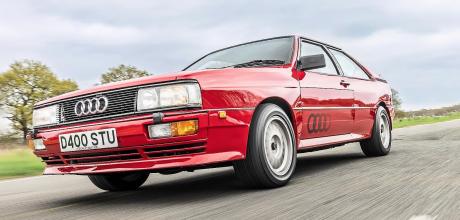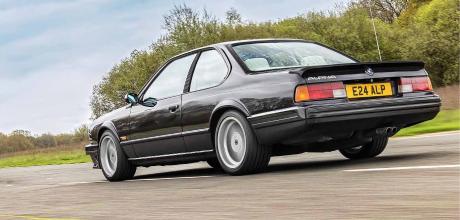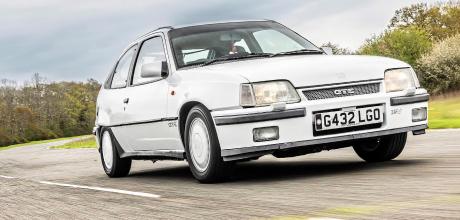Sport Cars
Editor's comment
This is, in effect, the second draft of this column. You see, I had in my mind a treatise on how the Toyota 2000GT had been tuppence ha’penny when I got into this game (rather longer ago than I would care to admit) yet now ranks alongside the aristocracy of European classic cars in desirability. Then I actually checked the then and now price guides and a very different picture emerged. Maybe that’s why I/we so seldom fixate on values: to my mind they are a useful barometer to the shifting sands of desirability, but how many noughts they boast is simply not important to me. Also, I appear to be rubbish at it!
Anyway, I have no idea where I got the idea that the Japanese GT was about £15,000 in 1996 because, according to the contemporary price guide, an excellent example was then £50k, which I know from personal experience was more-or-less enough to buy a three-bed excouncil flat in Fulham at that time (though it wouldn’t be for long). In comparison, the blue- blooded old-money greats were far from the presumed ten times the price, with an LP400 just £7kmore, a 507 for £75,000 and a Gullwing double, at a fraction over £100k.
According to the Classic Car Price Guide (buy from magsdirect.co.uk), a decent 2000GT today is £470,000 (though it might take almost double that to buy one like ours’), roughly half the price of a Miura or Gullwing. The only seismic change has been the 507, which is now valued at four times the price of the 2000GT.
There are lots of reasons for this, of course, primarily power and performance, plus I suspect a tendency for people to think of the difficult-to-pigeonhole 2000GT more as a fancy Datsun 240Z rival than even an E-type competitor. It is probably only the Toyota’s rarity, with just 337 built, that elevated it above its mass-produced countryman and the Brit. In fact, you must wonder whether we would have even have heard of it if it weren’t for that brilliant bit of product placement (of a convertible that couldn’t be bought) in You Only Live Twice. Oddly, for me, all of that just adds to its insuperable allure. Plus, it’s bloomin’ gorgeous. And I fit in it.
My car-owning history shows I am a sucker for a hybrid, whether it be a plastic sports car that turns Ford basics into a worldbeating combination, or a boisterous GT combining Italian looks, American power and British, er, weight. As an Interceptor owner, I found driving the Iso Rivolta especially interesting, but for me the project itself was more fascinating. Underneath it is like a brand new car; on the top it looks as if it has just been dragged out of a California canyon. That juxtaposition can challenge your senses, but ultimately it is a visionary triumph.
Anyway, I have no idea where I got the idea that the Japanese GT was about £15,000 in 1996 because, according to the contemporary price guide, an excellent example was then £50k, which I know from personal experience was more-or-less enough to buy a three-bed excouncil flat in Fulham at that time (though it wouldn’t be for long). In comparison, the blue- blooded old-money greats were far from the presumed ten times the price, with an LP400 just £7kmore, a 507 for £75,000 and a Gullwing double, at a fraction over £100k.
According to the Classic Car Price Guide (buy from magsdirect.co.uk), a decent 2000GT today is £470,000 (though it might take almost double that to buy one like ours’), roughly half the price of a Miura or Gullwing. The only seismic change has been the 507, which is now valued at four times the price of the 2000GT.
There are lots of reasons for this, of course, primarily power and performance, plus I suspect a tendency for people to think of the difficult-to-pigeonhole 2000GT more as a fancy Datsun 240Z rival than even an E-type competitor. It is probably only the Toyota’s rarity, with just 337 built, that elevated it above its mass-produced countryman and the Brit. In fact, you must wonder whether we would have even have heard of it if it weren’t for that brilliant bit of product placement (of a convertible that couldn’t be bought) in You Only Live Twice. Oddly, for me, all of that just adds to its insuperable allure. Plus, it’s bloomin’ gorgeous. And I fit in it.
My car-owning history shows I am a sucker for a hybrid, whether it be a plastic sports car that turns Ford basics into a worldbeating combination, or a boisterous GT combining Italian looks, American power and British, er, weight. As an Interceptor owner, I found driving the Iso Rivolta especially interesting, but for me the project itself was more fascinating. Underneath it is like a brand new car; on the top it looks as if it has just been dragged out of a California canyon. That juxtaposition can challenge your senses, but ultimately it is a visionary triumph.


